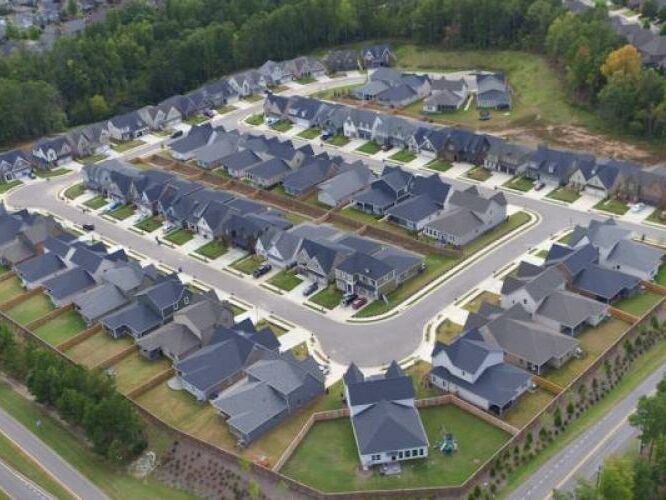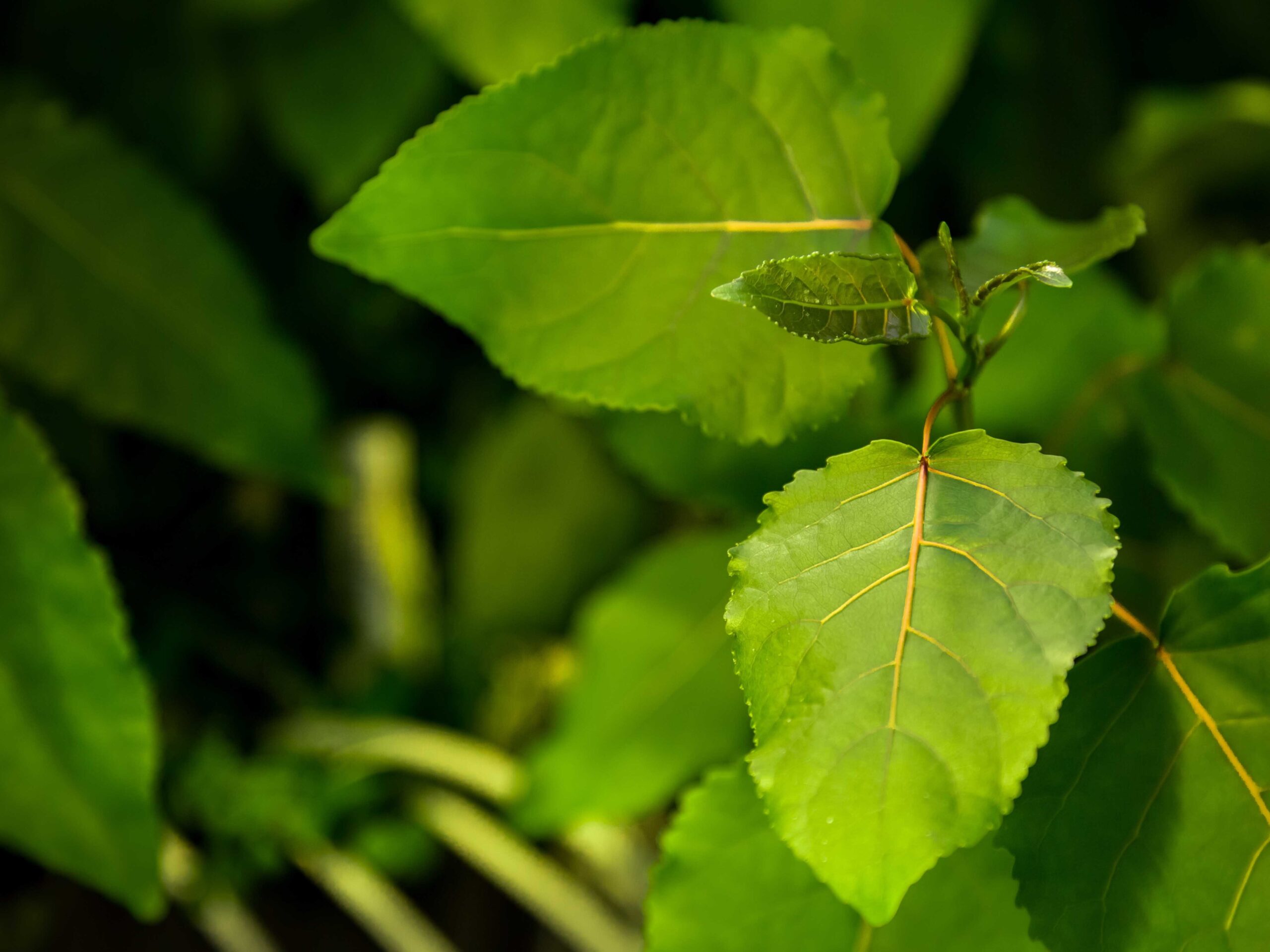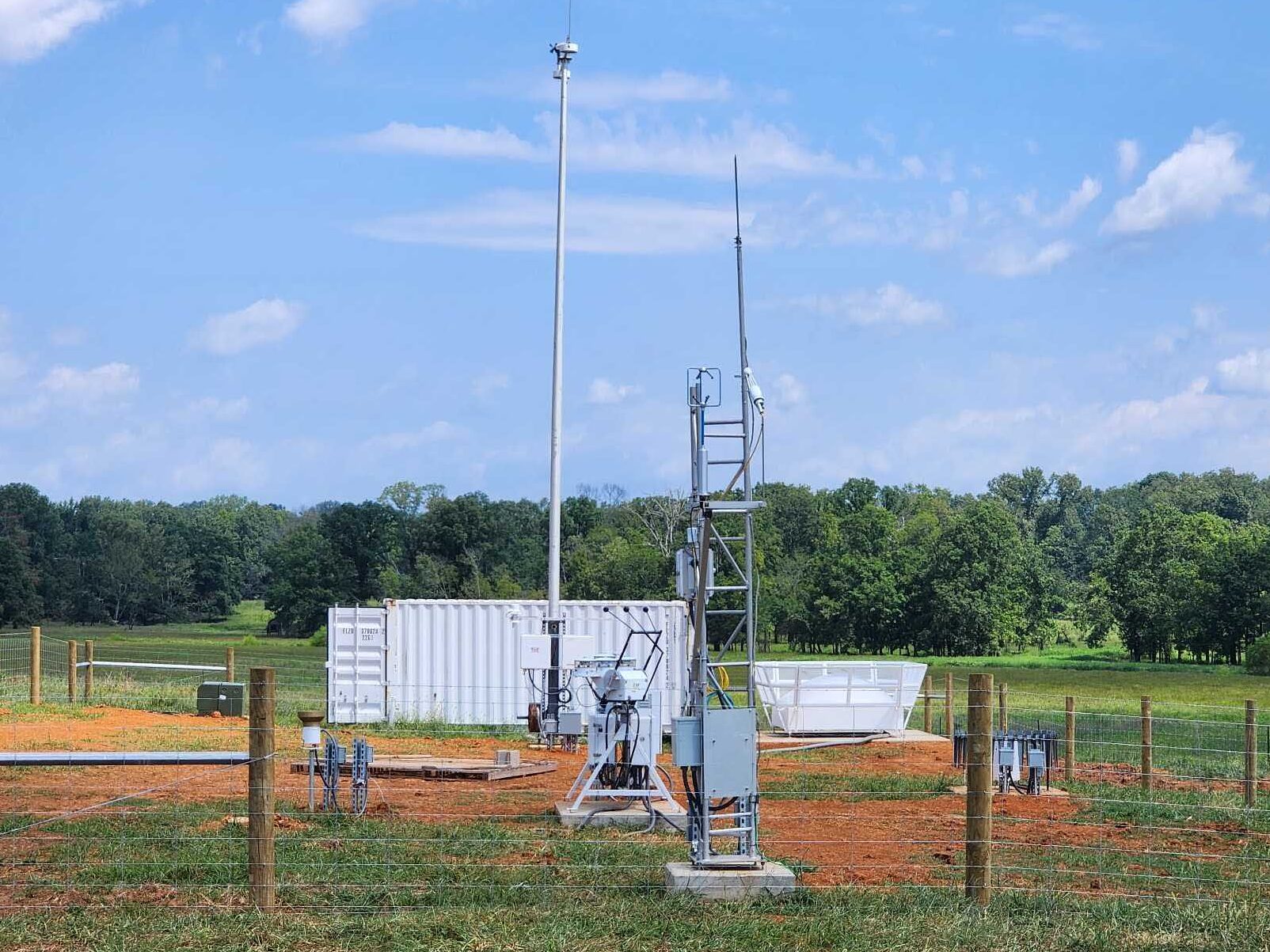Colleges and universities make up a significant portion of Alabama’s key industries. Faculty and students from Auburn University and the University of Alabama system regularly call on ORNL’s expertise to conduct research in leading-edge user facilities with world-class researchers.

ORNL’s user facilities offer a diverse set of tools for experiments across a range of fields, including biology, materials and energy sciences, physics, engineering, and chemistry. Learn more about ORNL’s user facilities. Data reflects fiscal year 2020 except for scientific publications, which covers 2016–2020. Partner stories reflect work conducted from 2016 to present.

The Southeast’s pioneering residential microgrid, developed by ORNL, is part of a Smart Neighborhood in Birmingham. Data from this neighborhood’s microgrid is analyzed using software developed by ORNL to manage energy use and to lower costs. The Birmingham neighborhood has 62 homes that each use data from WiFi-connected appliances, making smart homes up to 50% more efficient than typical homes. ORNL partnered with Alabama Power and the Southern Company on the project.

The HudsonAlpha Institute for Biotechnology in Alabama collaborates with ORNL scientists on numerous projects analyzing plant genomics to develop hardy, drought- and disease-resistant crops to support domestic biofuels, chemicals, and materials production. Collaborative research is supported by several ORNL-led projects, including the DOE Office of Science’s Center for Bioenergy Innovation, Plant–Microbe Interfaces Science Focus Area, and Spruce and Peatland Reponses Under Changing Environments experiment.
Learn more about biological and environmental science at ORNL.

ORNL scientists worked with the DOE Atmospheric Radiation Measurement (ARM) user facility to help site and install a new observatory in the Bankhead National Forest of northwestern Alabama. The observatory will gather data about clouds, aerosols, and land–atmosphere interactions to improve representation of the Southeast region in Earth system models. The installation is expected to also act as a testbed for scientists applying artificial intelligence and machine learning to enhance Earth system predictability. ORNL’s ARM Data Center will process, distribute, and archive data from the new observatory, as it does with data from other ARM installations across the nation and the world.
Learn more about environmental science at ORNL.
For more information, contact [email protected].
